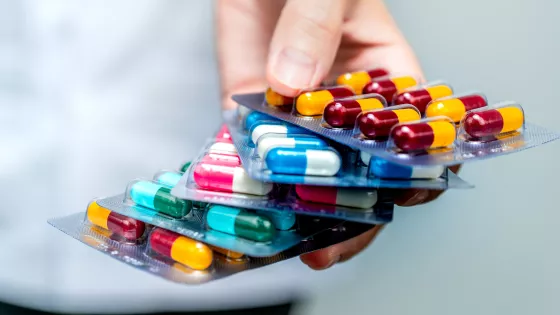This page gives an overview of the most common treatment for epilepsy – anti-seizure medications and their possible side effects. It also covers making adjustments in school to support a young person with epilepsy, and other treatments.
Anti-seizure medications
Anti-seizure medication (ASMs) are the most common treatment for epilepsy. They don’t cure epilepsy or treat the cause but about 70% of people with epilepsy can achieve good seizure control through the regular use of ASMs. Find out more about anti-seizure medications by clicking here.
Side effects of ASMs
ASMs can have side effects that can have an impact on a young person in the classroom. Side effects are most likely to occur when:
- A new medication is introduced into a young person’s treatment plan
- The starting dose of a new medication is too high
- The dosage of an existing medication is increased
- The young person is taking more than one medication
Not all young people experience side effects, but it’s important to be vigilant in case they do occur. Potential side effects may include:
- Drowsiness and lethargy
- Slower information-processing
- Attention and memory difficulties
- Dizziness and coordination problems
- Nausea
- Double vision
- Changes in mood/behaviour
- Changes in appetite (eating more or less)
- Hair loss
- Rash (rare but potentially very dangerous)
- Psychosis (rare but potentially very dangerous)
If side effects do not resolve, the young person’s anti-seizure medication might need to be changed. The school must be kept informed of any changes in medication and/or side effects.
You may need to remind parents how important it is that they keep you up to date following any seizures or medical appointments so that you can update the young person’s Individual Healthcare Plan (IHP).


